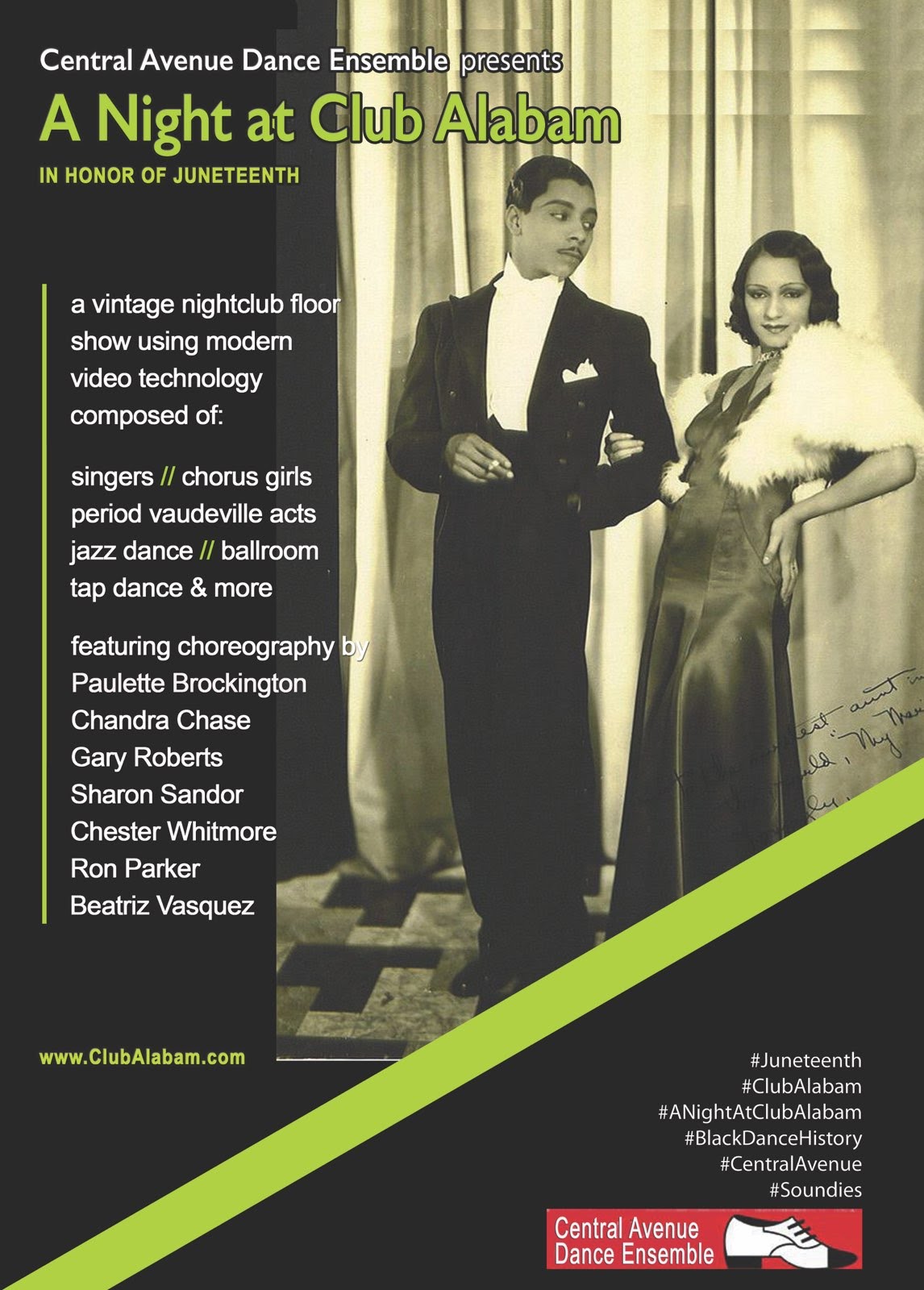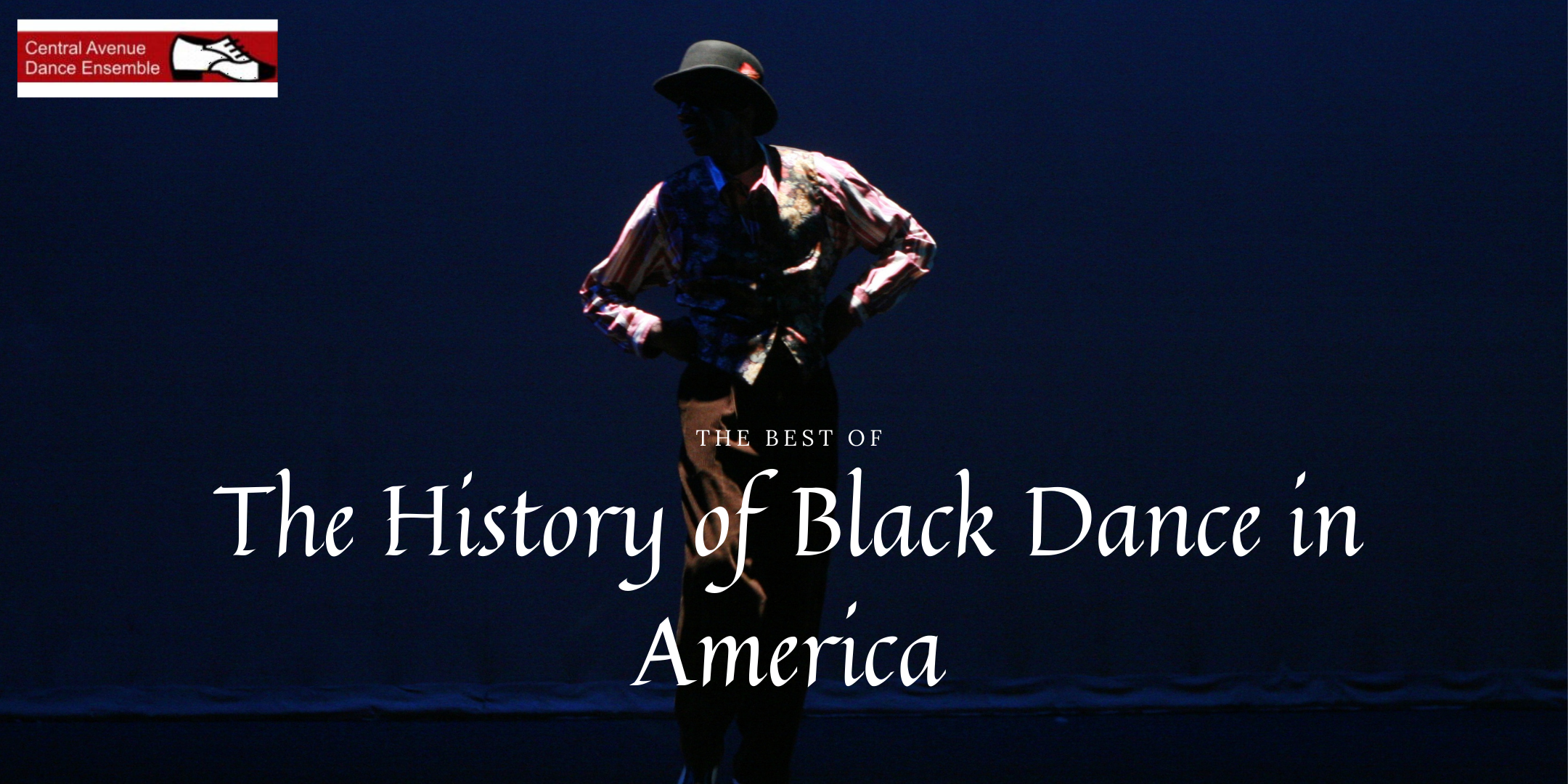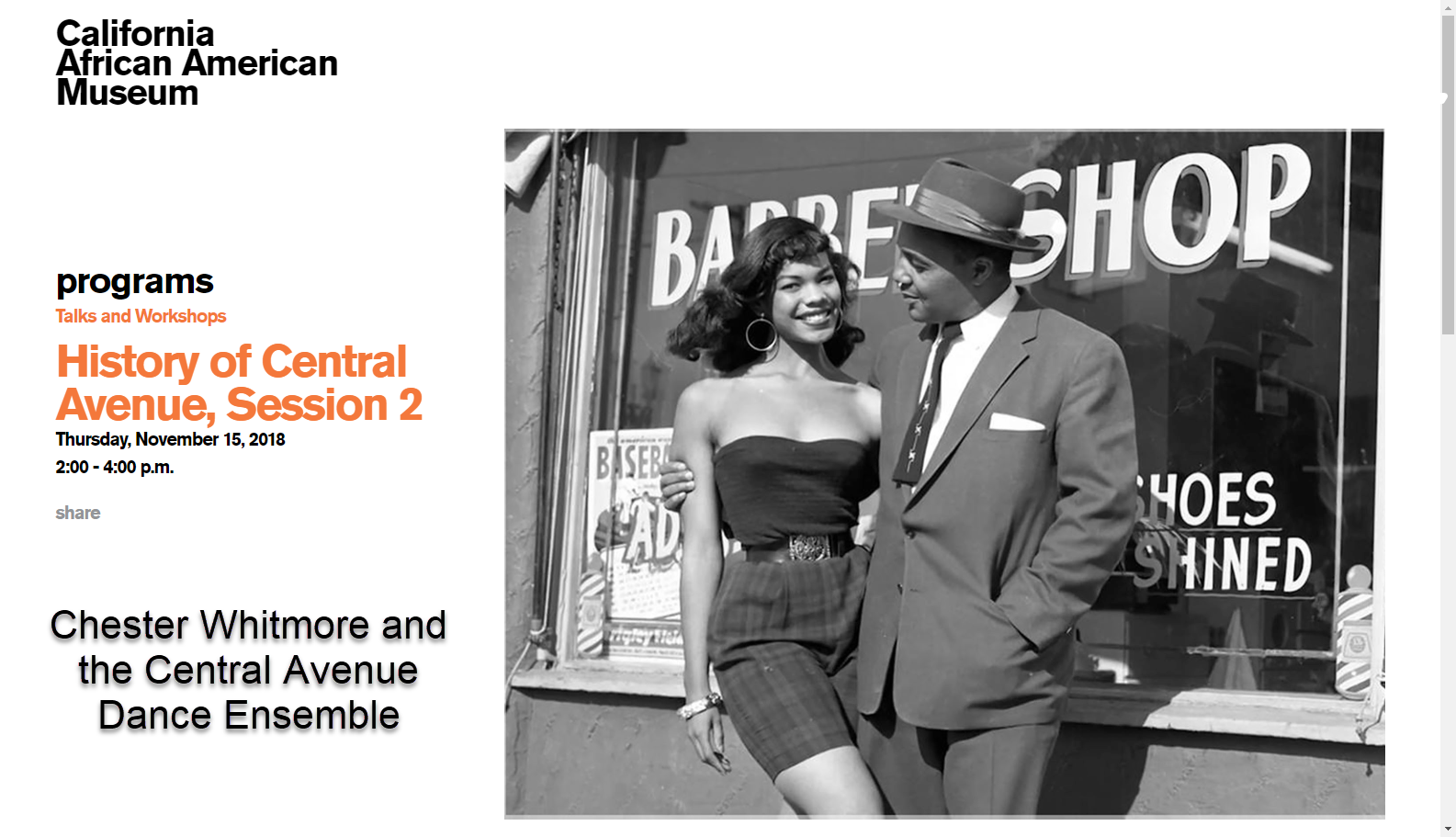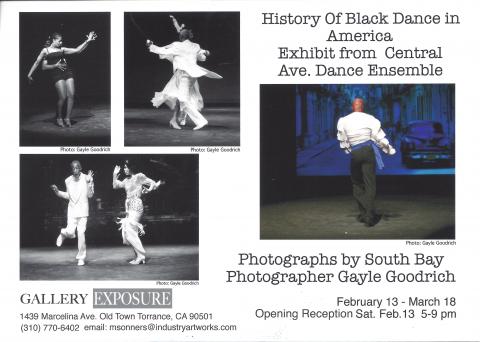History of Black Dance in America
Primary tabs
Candombe: A Modern Closed Position Jazz Dance
https://www.youtube.com/watch?v=q2QIhGnpULY
Introduction of the Dance
Candombe is a vibrant, rhythmic dance rooted in the African heritage of Argentina and Uruguay, serving as a foundation for the Argentine Tango Milonga. Known as “The Modern Jazz Dance,” Candombe is an improvisational, expressive dance that adapts effortlessly to a wide range of musical styles—from vintage jazz and Latin rhythms to R&B and African drumming. This dynamic dance emphasizes musicality, partnership, and personal expression, allowing two people to move as one in a closed dance position. In this video, I demonstrate how Candombe’s versatility makes it a dance you can take anywhere, with no fixed steps or patterns—just the rhythm of the music and your own creativity.
History of the Dance
Candombe traces its origins to the Bantu regions of Central Africa, brought to Argentina and Uruguay by enslaved Africans in the 19th century. Its infectious rhythms and expressive movements became a cultural flashpoint in the diverse immigrant communities of Buenos Aires and Montevideo. Here, African candombe drumming blended with Argentine milonga music, giving rise to the early tango. The Compadritos—young, lower-class men of mixed ancestry in Buenos Aires’ impoverished neighborhoods—played a pivotal role in shaping this dance. Dressed in slouch hats, neckerchiefs, high-heeled boots, and often carrying knives, they infused African rhythms with improvisational flair, creating a distinctive and expressive dance that evolved into the Argentine Tango Milonga. Today, Candombe remains a living testament to this rich, multicultural heritage, celebrated for its rhythmic vitality and improvisational spirit. See:
A Brief History of the Black Roots of the Argentine Tango
https://youtu.be/4vRF_hGR_yU?si=MQuz6kOHnMLmOSjJ
Benefits of the Class / What Will Be Taught
In this Candombe dance class, you’ll discover the joy of a dance that’s as versatile as it is expressive. Here’s what you’ll learn and why you should join:
- * Improvisational Freedom: Candombe has no fixed steps or patterns, relying instead on natural walking movements and your personal rhythm. You’ll learn to express yourself freely through the music, making every dance uniquely yours.
- * Musicality: Master the art of aligning with the tempo and rhythmic structure of any music style, from vintage jazz (swing) to Latin (rumba, bolero, salsa, cha-cha), R&B (West Coast Swing, Chicago Stepping), slow ballads, fast-paced tracks, or traditional African drumming.
- * Partnering Skills: Learn to lead or follow in a closed dance position, fostering a seamless connection where two people move as one, enhancing your partnering abilities across dance styles.
- * Versatility: Candombe adapts to virtually any musical genre, making it a dance you can enjoy anywhere—whether at a jazz club, Latin dance event, or cultural festival.
- * Cultural Connection: Embrace a dance rooted in the vibrant African and Argentine heritage, connecting you to a rich history of community-driven, vernacular dance.
This class will teach you the essence of Candombe as a modern jazz dance, characterized by improvisation, syncopation, and a forceful rhythm akin to American jazz but with a distinctly Latin flair. No formal steps to memorize—just bring your rhythm and let the music guide you!
https://www.youtube.com/watch?v=q2QIhGnpULY
For more information and class details, please go to:
https://d9.centralavedance.com/classes
The Los Angeles Public Library presents: "The History of Black Dance in America - Part 2"
Free to the public.
https://d9.centralavedance.com/hbda
The Los Angeles Public Library presents: "The History of Black Dance in America"
Free to the public.
https://d9.centralavedance.com/hbda
HBDA Tangovino Bottle Lights
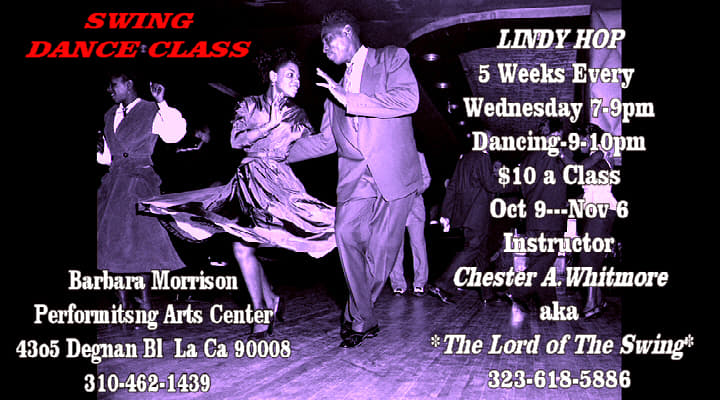
Past Events:
Tribute to Sam Cooke
Tribute to Michael Jackson
http://www.elcamino.edu/centerforthearts/performances/central-avenue-dance.asp
See a review of the 2015 Juneteenth Celebration show here: http://artsmeme.com/2015/06/25/review-the-history-of-black-dance-in-america/
What is “The History of Black Dance in America”?
HBDA is a multi-media dance concert that showcases the contributions of African-Americans to popular American social dance from slavery to the modern era. It has been presented every year since 2011, and in 2015 was funded by a successful Kickstarter campaign. Audiences are mesmerized by authentic renditions of dances such as Zulu, Work Songs, Cakewalk, Spiritual Dances, Shim Sham, Lindy Hop, Foxtrot, the African inspired Latin-American dances, and more. It is a family-friendly show that hopes to entertain as well as teach some little known history that every American should know. The 2015 performance also observes the 150th Anniversary of Juneteenth, the oldest known celebration commemorating the ending of slavery in the United States.
What is Juneteenth?
Juneteenth is the oldest known celebration commemorating the ending of slavery in the United States. Dating back to 1865, it was on June 19ththat the Union soldiers, led by Major General Gordon Granger, landed at Galveston, Texas with news that the war had ended and that the enslaved were now free. Note that this was two and a half years after President Lincoln’s Emancipation Proclamation - which had become official January 1, 1863. The Emancipation Proclamation had little impact on the Texans due to the minimal number of Union troops to enforce the new Executive Order. However, with the surrender of General Lee in April of 1865, and the arrival of General Granger’s regiment, the forces were finally strong enough to influence and overcome the resistance. One of General Granger’s first orders of business was to read to the people of Texas, General Order Number 3 which began most significantly with:
Videos:
Information:
| Type | Title |
Post date |
Updated/commented date |
|---|---|---|---|
| Video Embed | The History of Black Dance in America (long) | Tuesday, August 23, 2011 - 11:28pm | Saturday, May 2, 2015 - 5:30pm |
| Book page | Chester Whitmore | Tuesday, August 23, 2011 - 9:40pm | Monday, April 20, 2020 - 7:55pm |
| Book page | Email Reviews of 2011 Show | Thursday, August 18, 2011 - 10:17pm | Saturday, May 2, 2015 - 5:30pm |
| Video Embed | The History of Black Dance in America (short) | Friday, August 12, 2011 - 5:01pm | Saturday, May 2, 2015 - 5:30pm |
| Video Embed | The History of Black Dance in America (long) | Friday, August 12, 2011 - 1:19am | Saturday, May 2, 2015 - 5:30pm |
| Book page | Ron Parker (alt) | Saturday, July 30, 2011 - 1:12pm | Thursday, July 21, 2016 - 9:15am |
| Video Embed | Condombe Milonga Performance at "Tango on the Streets", 2011-04-30 | Sunday, May 1, 2011 - 1:52pm | Tuesday, January 30, 2018 - 7:29pm |
| Video Embed | KNBC News Report on History of Black Dance in America, 2011-02-12 | Monday, March 7, 2011 - 12:26pm | Saturday, May 2, 2015 - 5:30pm |
| Video Embed | KTLA News Report on the History of Black Dance in America, 2011-02-12 | Monday, March 7, 2011 - 12:26pm | Saturday, May 2, 2015 - 5:30pm |
| Video Embed | A Brief History of the Black Roots of Argentine Tango | Saturday, March 5, 2011 - 8:16am | Saturday, May 2, 2015 - 5:30pm |
